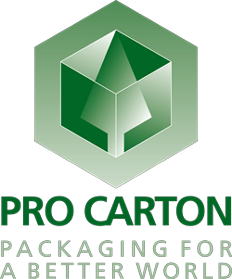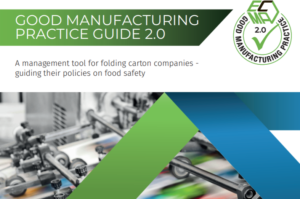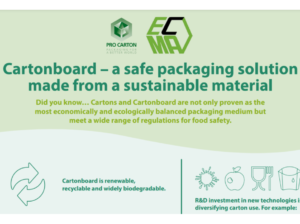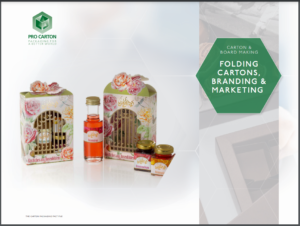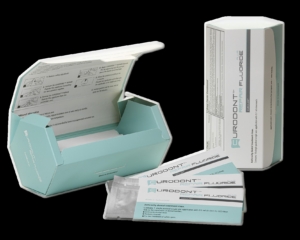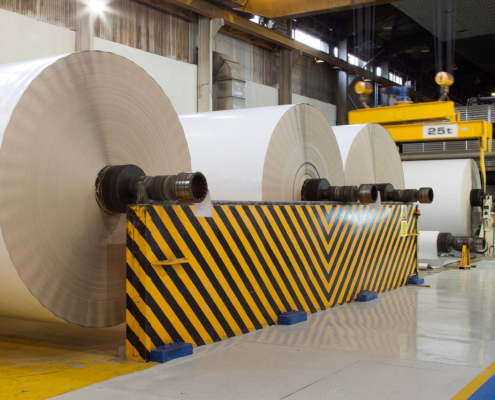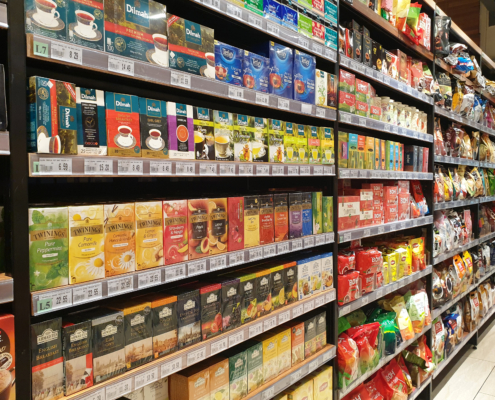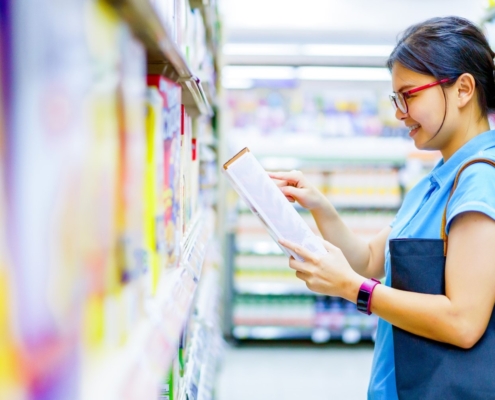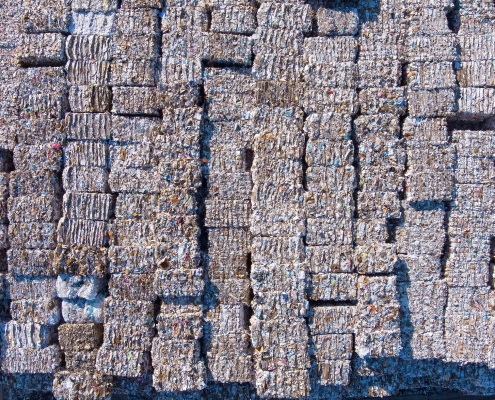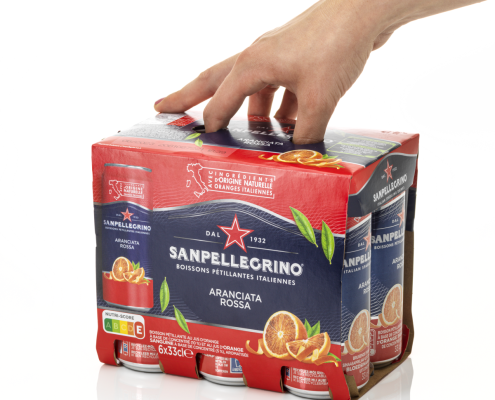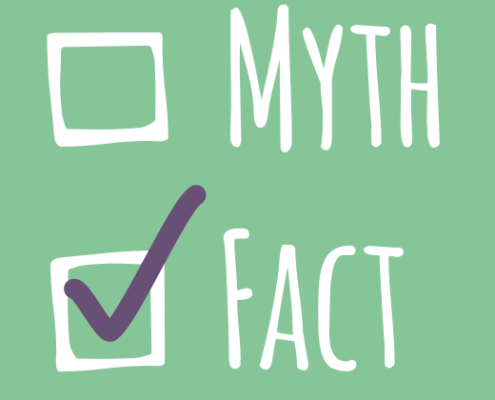For brand owners and retailers, packaging is a key marketing tool.
Cartonboard is the ideal packaging substrate for marketing as it provides smooth surfaces for printing as well as being recyclable, biodegradable and based on a natural, renewable raw material.
QR Codes allow digital communication between business and consumer and on-line integration with social media. Packaging links the physical and digital worlds as it is the medium which carries various digital systems: QR codes, RFID (Radio Frequency Identification) and NFC (Near Field Communications).
The main attributes of successful packaging material
A carton box needs to meet three major requirements:
- Preserve the high quality of the product (from damage, moisture, light)
- Promote the product on the shelf (display, inform, sell)
- Protect the environment (reduce food loss, part of the circular economy)
In addition, a carton should have the following attributes:
- Easy to open and close
- Attractive and representative of its contents
- Protective of its contents
- Easy to dispose of / easy to recycle
Shoppers are becoming more interested in the packaging they buy, taking time to think about the materials that are used to protect products and whether this accurately reflects corporate brand values and environmental commitments of suppliers. More than 6 out of every 10 consumers admit that the environmental impact of packaging affects their purchasing decisions. Brand owners and retailers are adapting their packaging in response to this.
Special Features
Cartons can incorporate special features to facilitate opening and reclosing, pouring and display. Features include handles, pourers, windows and internal ‘platforms’ that secure or display products. Cartons can provide intelligent packaging solutions for brands to help consumers use their products. For example, in the pharmaceutical industry, cartons with integral electronics can make the carton “communicate” and interact with, the consumer. Cartons also allow a smartphone to detect a unique on-pack code or read labelling information to the shopper with sight loss.
High Quality Printing
Cartons offer a quality image at the point of sale that will directly influence the success of the product sale. High quality printing and an array of differentiations are available on cartonboard: Holograms, textures, embossing.
Non-petroleum based coatings and barriers that have moisture and grease- resistant properties are vital for many types of carton packs, especially for food. The carton industry is continuously innovating the development of more eco-friendly water-based coatings and other non-petroleum based coatings that act as a barrier, such as BioBoard, Foodboard™ and initiatives such as PlantPack.
Microfibrillated cellulose is a renewable material which can be used in fibre-based paper and board products and barrier materials. This technology may potentially replace fossil-based materials such as plastics, some speciality chemicals and aluminium by producing lighter and stronger renewable packaging materials.
Textures and Finishes
One of the great advantages of cartons is that textures can be applied. The range of textured finishes that are available is virtually limitless and offers brand owners another means of giving a carton differentiation and visibility on the shelf. Textures are also used widely for Braille to be added to cartons allowing people with sight difficulties to recognise packaged products – especially valuable for pharmaceuticals.
Coding on cartons
Coding is increasingly used for carton boxes. A QR code printed on a carton package provides valuable consumer information on the product inside. Coding allows consumers to trace the product ingredients which builds up trust in the quality of the product.
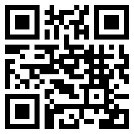
A QR code is widely used to improve the customer experience which is most important in driving customer loyalty and repurchases.
In pharmaceutical package printing, a customized code on each package is becoming more and more common. A unique serial number allows a patient to trace each individual package all the way back to the manufacturer. They will be able to learn about the origin of the product, including production batches and production location. This provides confidence and trust for the patient and helps to fight counterfeit products for the manufacturer.
Packing food safely in cartons
Consumer health and safety is a top priority for food producers and also the cartonboard packaging industry. This is ensured by the materials used in the production of cartons and by clearly defined working practices and quality assurance procedures.
The paper and board industry closely follows the guidelines for production of packaging material with direct food contact. The guideline also covers best practice for hygiene management in the production of safe and functionally effective paper-based products. The carton converting industry has a proven record in addressing any issues that arise in this area. The industry has moved to using low migration inks and food contact approved chemicals as raw materials and barriers and coatings on the cartonboard substrate. The industry has also implemented systematic risk procedures to abolish the migration of unwanted substances from packaging into food.
Driving best practice and strictly obeying to standard operating procedures are key to safeguarding consumer health and safety. The website “European Guide to Good Manufacturing Practice for Cartonboard-based Food Packaging” focuses on the design, development and specification phases of the folding carton production process.
Cartons help prevent food waste
In the food industry, minimising the wastage of resources – especially food waste – is a priority. Cartons are part of the solution, as product protection is one of their main functions. Packaging protects multiple times more resources than it uses and has only 5–10% of the environmental load compared to food production.
New developments are adding value to packs’ protection and performance. For example:
- Time/temperature sensor technology can be implanted into cartons to indicate the freshness of the packed product.
Cartons enhance consumer security and brand protection
Pharmaceutical Cartons
According to the World Health Organisation, one in every ten medicines ordered on the internet is counterfeit. In the European Union, legislation is in place to address this.
The EU’s Falsified Medicines Directive, calls for 2 security measures on pack to combat counterfeits:
- Individual identification marks e.g. serial numbers and codes
- Anti-tamper features
Tamper evidence has been a feature of secure pharmaceutical cartons for some time. Cartons provide state-of-the-art security techniques , such as perforated openings and overwraps. Together with creative carton design, cartons provide the ideal packaging solution for this aspect of the implementation of the Directive.
A newer challenge is the need to introduce individual identification marks onto packs, which enable serialisation, track-and-trace systems and a Europe-wide verification process. These are primarily used by wholesalers and pharmacists to check the authenticity of medicines and identify individual packets. The smooth cartonboard surface allows the use of variable digital printing processes. Board is an excellent substrate for these demanding printing processes.
Patients can gain direct access to the product manufacturers’ website to authenticate the brand and gain more information about the medicine. Especially useful on small cartons, the QR code provides the opportunity to learn more about the product including correct dosage and safety information.
The use of the QR code on cartons is very efficient as it allows the pharmaceutical manufacturer to maintain up to date information and accuracy over time, since the QR code does not need to be reprinted every time that the website content is updated.
Smart Cartons
The area of consumer health and safety challenges the packaging industry to find solutions which perform to help the consumer – not only to avoid falsified medicines, but also to reassure that the medicines and food they consume are safe.
Examples of smart features on pharmaceutical cartons:
- Pharmaceutical cartons containing an embedded microchip, antenna, electronic circuitry and printed with conductive ink will record the time and date when a pill is removed and bleep when the next pill should be removed.
- Pharmaceutical cartons can help patients provide feedback on side effects by using buttons built into the pack. When the course of treatment has been completed, the information can be downloaded for analysis by the patient, medical advisor or product manufacturer.
Watch the Pro Carton video interviews with Brand Owners – including Unilever and Nestle – where they have their say about the packaging value chain.
Module 8 of the Pro Carton Fact File looks in detail at the Branding & Marketing of Cartons. The Fact File is downloadable from our Publications area

